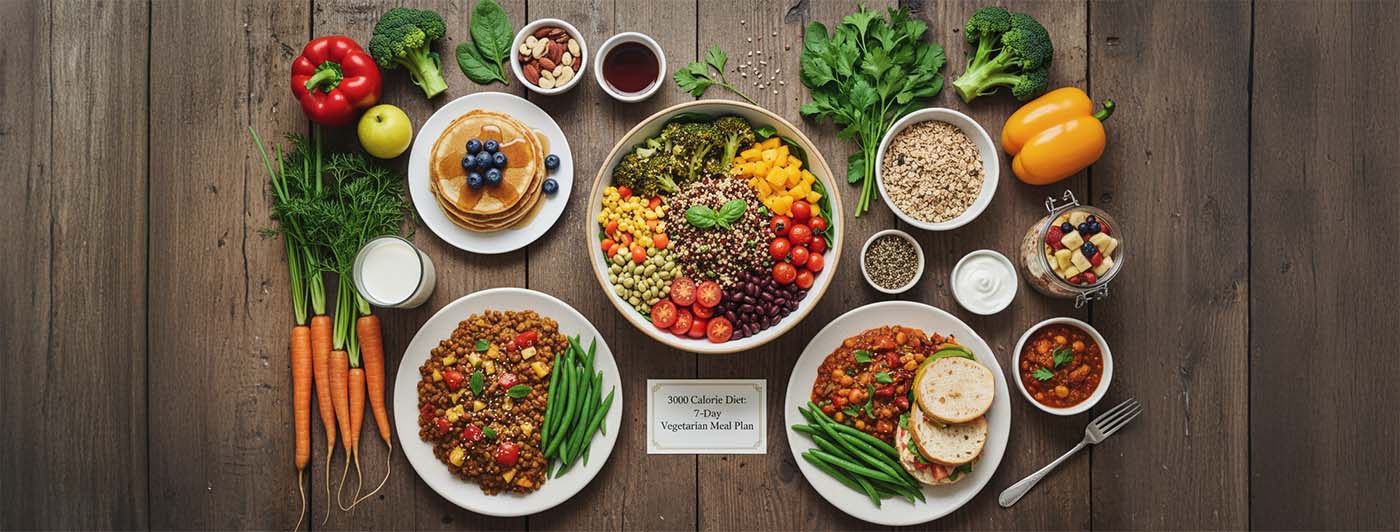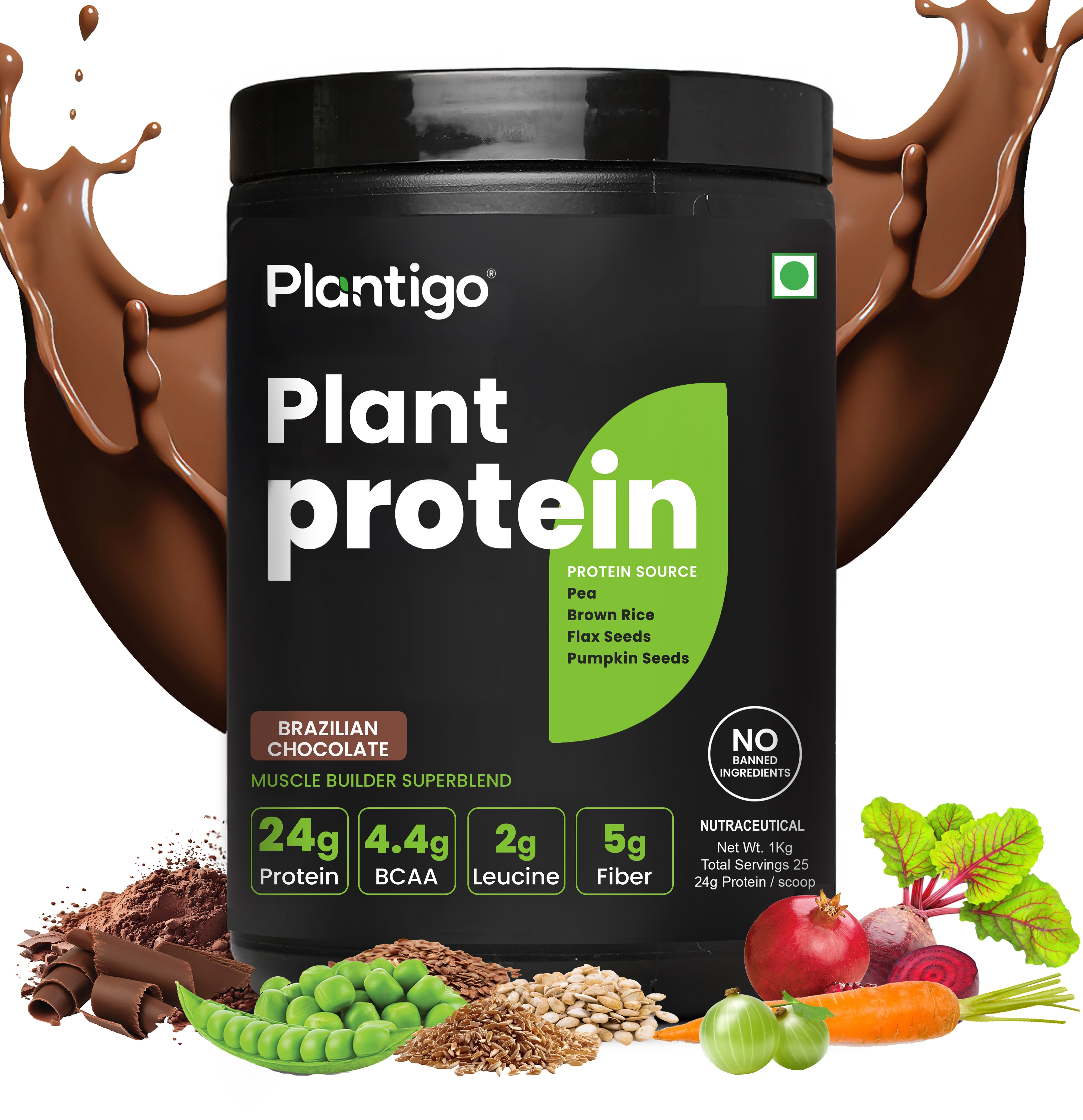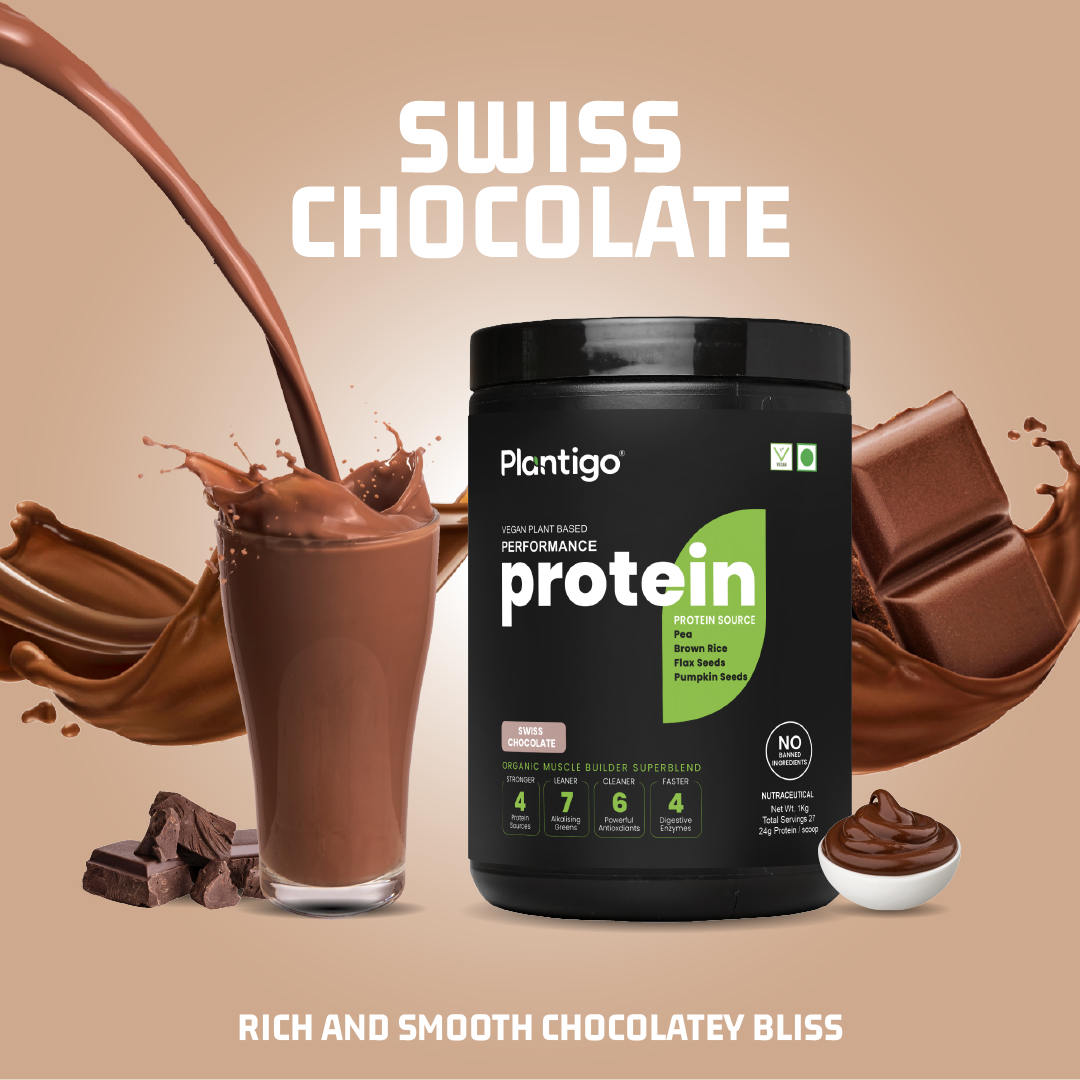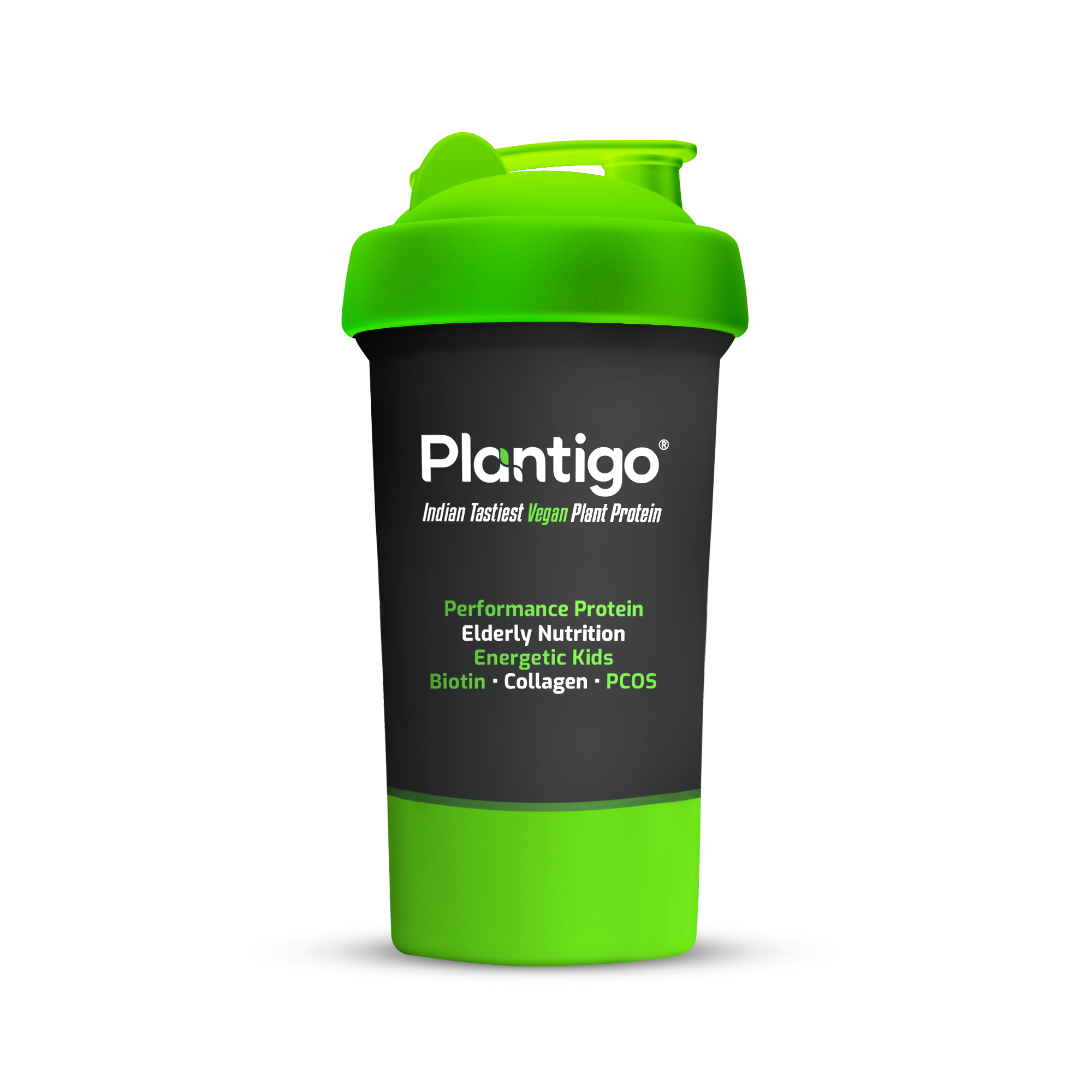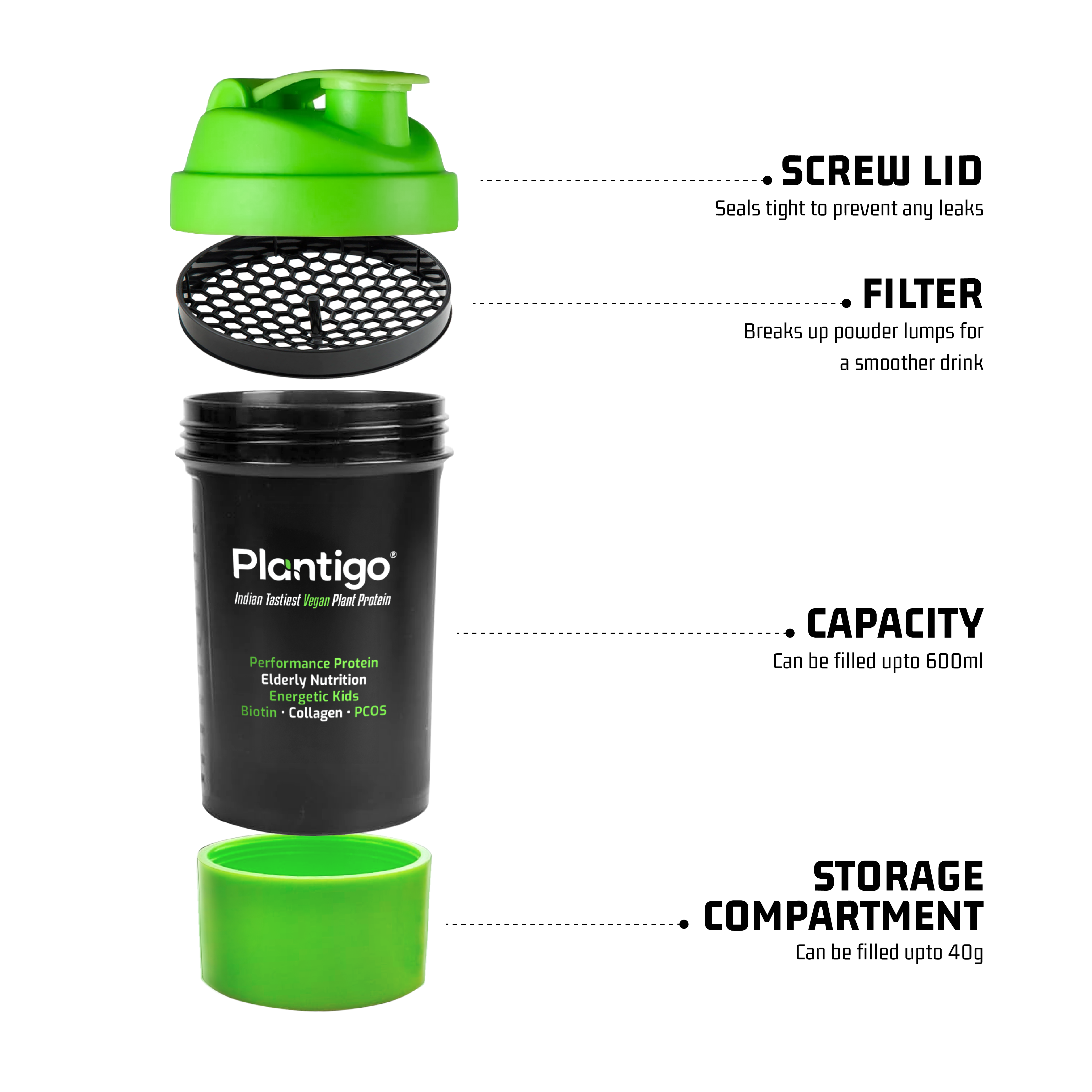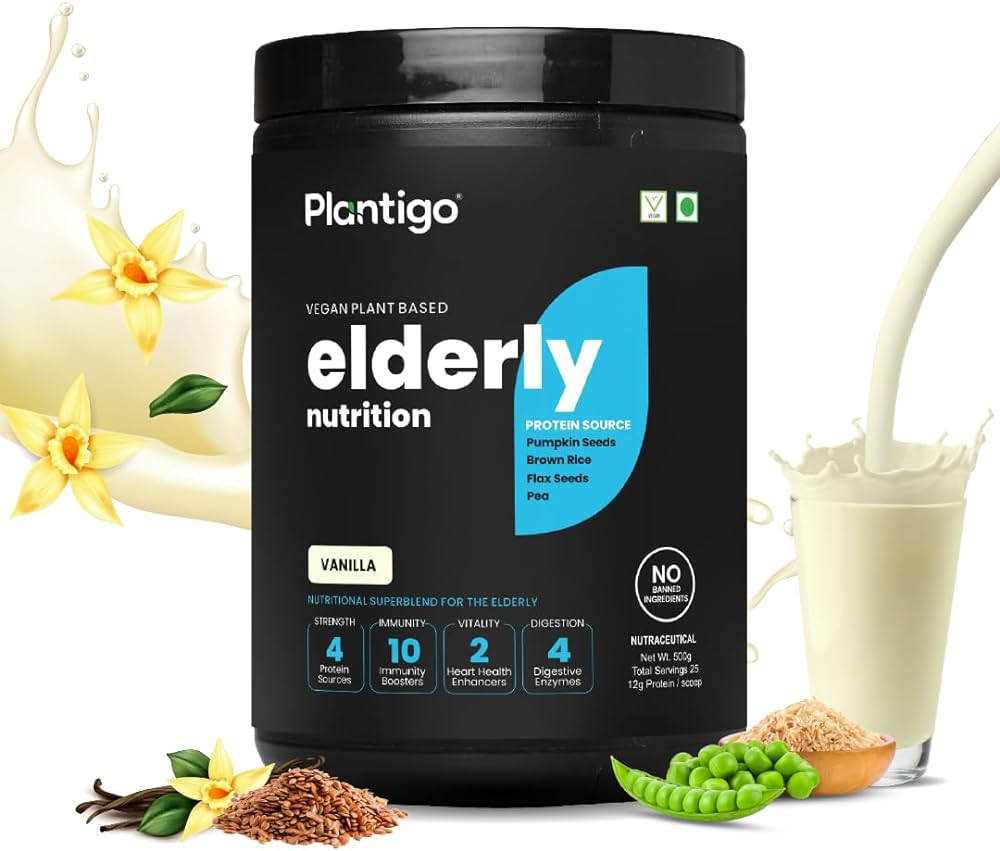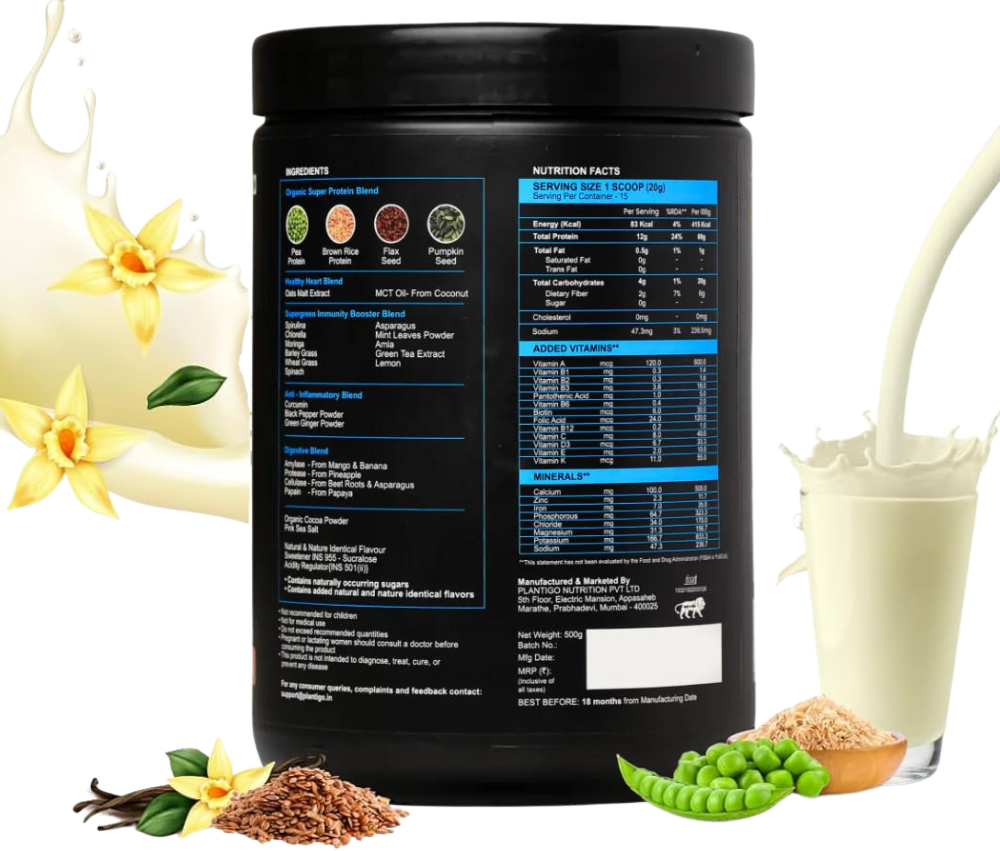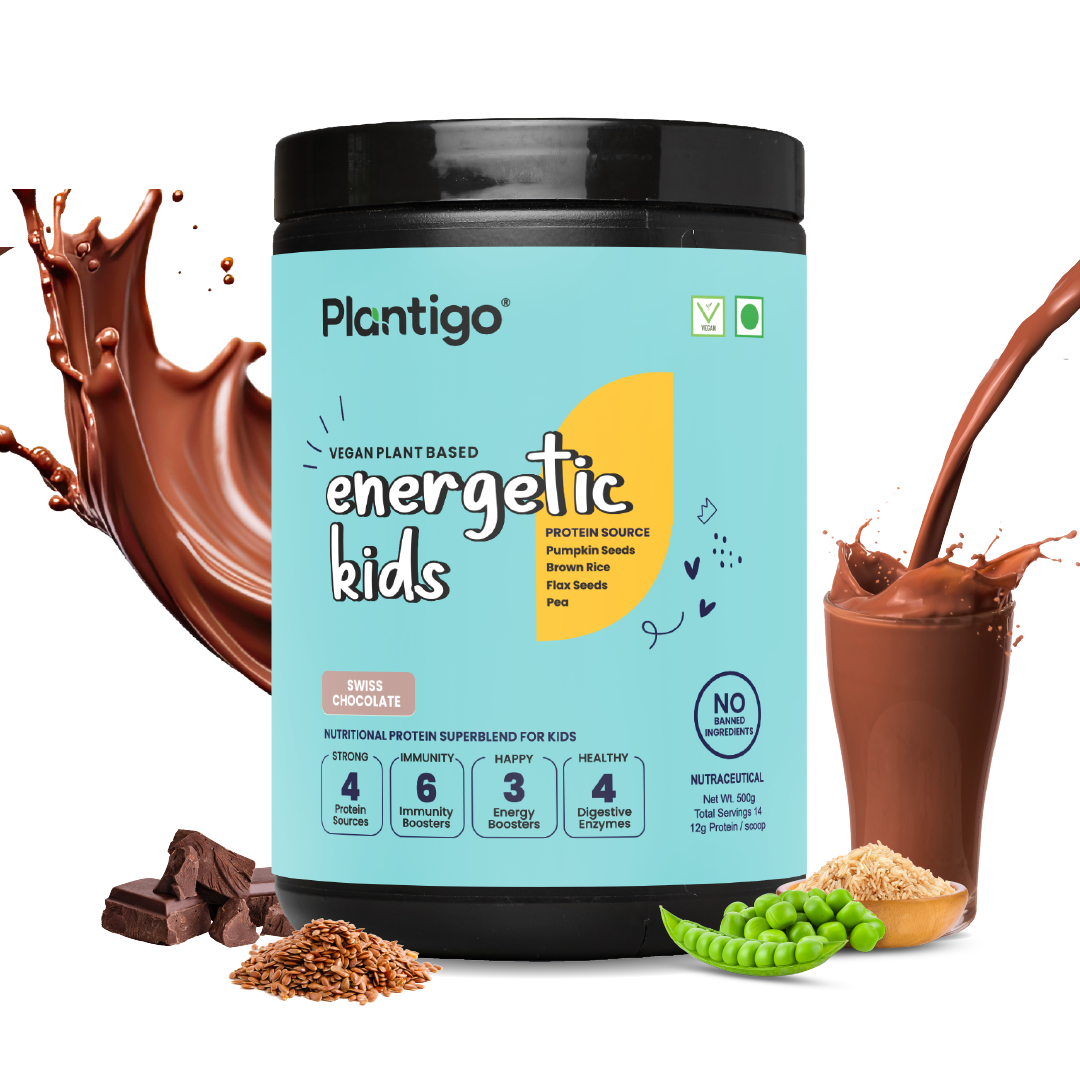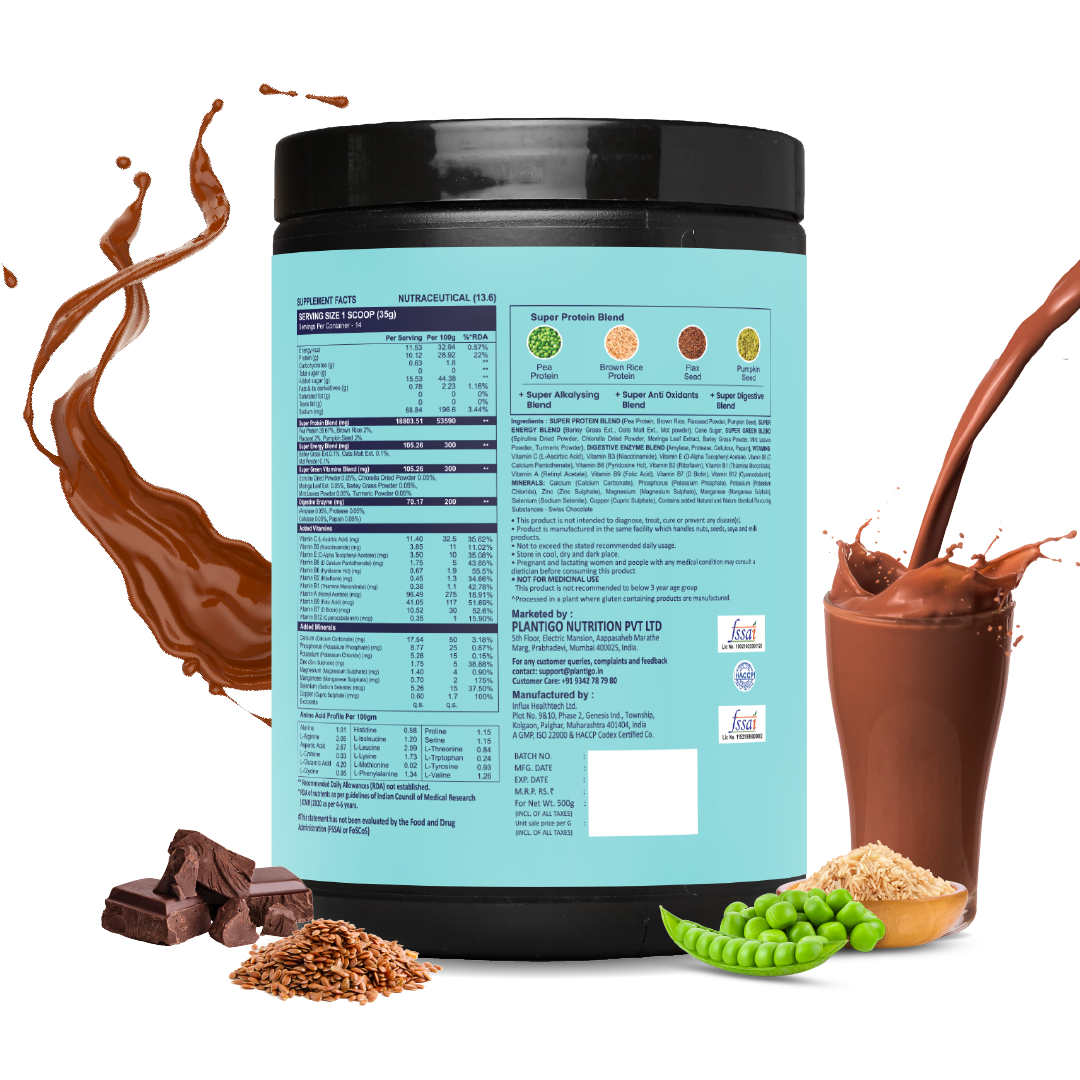Ever wondered how fitness enthusiasts stay lean, strong, and full of energy — even while cutting calories? The secret isn’t endless cardio or skipping meals. It’s smart nutrition powered by protein. By fueling your body with the right mix of nutrients — especially from clean sources like plant protein — you can transform the way you look and feel without starving yourself.
If you’re looking to lose weight while gaining lean muscle, a 150 gm protein diet is one of the most effective strategies. Protein not only supports muscle repair and growth but also helps control hunger, improve metabolism, and sustain energy throughout the day.
In this 7-day plan, you’ll learn how to structure your meals, balance macros, and make smart food choices that keep your body in fat-burning mode — without feeling deprived.
Why a 150 gm Protein Diet Works
A 150 gm protein diet helps preserve lean muscle mass while your body burns fat for fuel. Protein increases satiety and boosts your metabolism through the thermic effect of food (TEF), meaning your body burns more calories digesting protein than fats or carbs.
For someone aiming to build or retain lean muscle while shedding excess fat, this level of protein intake provides the sweet spot between calorie control and muscle nourishment. The goal is to distribute your protein evenly across meals — around 30–40 grams per meal — to maximize absorption and muscle synthesis.
How to Calculate Your Daily Protein Needs
Before diving into the plan, it’s helpful to use a protein intake calculator to determine how much protein your body requires based on weight, activity level, and goals. However, for most adults engaged in strength or resistance training, 1.6–2.2 grams of protein per kilogram of body weight is optimal.
For instance, a 70 kg person needs approximately 112–154 grams of protein per day — aligning perfectly with a 150 gm protein diet.
Key Principles of the 150 gm Protein Diet
-
Eat every 3–4 hours to maintain an anabolic (muscle-building) state.
-
Prioritize whole-food protein sources — eggs, Greek yogurt, paneer, lentils, legumes, tofu, and fish (if non-vegetarian).
-
Use supplements wisely, like a plant based protein powder for easy digestion and clean nutrition.
-
Stay hydrated — water supports muscle recovery and metabolic function.
-
Include fiber and micronutrient-rich foods to balance your macros.
Sample 7-Day 150 gm Protein Diet Plan
Below is a vegetarian-friendly sample 150 gm protein diet plan. Adjust portions slightly based on your calorie needs and activity level.
Day 1
-
Breakfast: 3 egg whites + 1 whole egg omelet with spinach and mushrooms (25g protein)
-
Snack: Greek yogurt with a handful of chia seeds (20g)
-
Lunch: Quinoa and chickpea salad with mixed veggies and olive oil (30g)
-
Snack: One scoop of pea protein powder with water (25g)
-
Dinner: Grilled paneer with sautéed broccoli and bell peppers (30g)
-
Total: ~150g protein
Day 2
-
Breakfast: Oatmeal with almond milk and a scoop of plant protein (30g)
-
Snack: Roasted chickpeas (15g)
-
Lunch: Lentil curry with brown rice and salad (30g)
-
Snack: Cottage cheese cubes with cucumber (25g)
-
Dinner: Stir-fried tofu with veggies (50g)
-
Total: ~150g protein
Day 3
-
Breakfast: Protein smoothie with banana, spinach, and protein powder (30g)
-
Snack: Handful of nuts and seeds (10g)
-
Lunch: Rajma with brown rice and a side salad (35g)
-
Snack: Greek yogurt with berries (25g)
-
Dinner: Paneer tikka with sautéed greens (50g)
-
Total: ~150g protein
Day 4
-
Breakfast: Overnight oats with milk, chia seeds, and almond butter (25g)
-
Snack: Boiled eggs or tofu cubes (20g)
-
Lunch: Chickpea salad bowl with quinoa (35g)
-
Snack: Smoothie with plant based protein powder (25g)
-
Dinner: Mixed dal with sautéed vegetables (45g)
-
Total: ~150g protein
Day 5
-
Breakfast: Vegetable omelet or tofu scramble (30g)
-
Snack: Greek yogurt and walnuts (20g)
-
Lunch: Grilled paneer with millet and salad (35g)
-
Snack: Protein bar or shake (25g)
-
Dinner: Lentil soup with steamed broccoli and avocado (40g)
-
Total: ~150g protein
Day 6
-
Breakfast: Protein smoothie with oats, almond butter, and a banana (30g)
-
Snack: Roasted edamame or chickpeas (20g)
-
Lunch: Lentil pasta with spinach and tomato sauce (35g)
-
Snack: Cottage cheese cubes (20g)
-
Dinner: Grilled tofu with quinoa and vegetables (45g)
-
Total: ~150g protein
Day 7
-
Breakfast: Oats with peanut butter and protein powder (30g)
-
Snack: Boiled eggs or paneer cubes (20g)
-
Lunch: Chickpea and vegetable stir fry (35g)
-
Snack: Greek yogurt with honey (15g)
-
Dinner: Lentil soup and sautéed greens (50g)
-
Total: ~150g protein
Smart Food Choices for Lean Muscle and Weight Loss
Building your 150 gm protein diet doesn’t mean eating bland food. Here are key elements to make it balanced and enjoyable:

1. Mix Complete and Incomplete Proteins
Combine legumes with grains (e.g., rice with dal) to get all essential amino acids.
2. Incorporate Collagen Support
Add collagen rich foods like berries, citrus fruits, and leafy greens — they support joint health and skin elasticity, especially when training intensely.
3. Choose the Right Carbs
Opt for complex carbs like quinoa, brown rice, and sweet potatoes for steady energy. You can also explore oats protein per 100g, which contains around 12–13 grams of protein, making oats an underrated addition to your high-protein meal plan.
4. Add Alkaline Balance
Intense protein diets can create acidity in the body. Include alkaline fruits like watermelon, papaya, and kiwi to balance pH and aid digestion.
Fueling Performance: Pre- and Post-Workout Nutrition
Before workouts, your pre workout meal should combine protein and carbs — for example, a banana with a protein shake or toast with nut butter. After your workout, focus on fast-digesting proteins like whey or plant-based blends to maximize recovery.
If you’re into endurance sports, knowing the best protein for runners is crucial — it should be easily digestible, complete, and rich in branched-chain amino acids (BCAAs). Runners also benefit from steady protein intake throughout the day rather than a large post-run meal.
Boosting Muscle Recovery with Creatine and Micronutrients
Don’t overlook creatine rich foods such as pumpkin seeds and tofu. While creatine supplements are popular among athletes, getting natural sources supports endurance and strength without overloading your kidneys.
Additionally, micronutrients like magnesium, potassium, and vitamin C aid recovery and muscle relaxation. Including colorful fruits and vegetables in your 150 gm protein diet ensures antioxidant protection and inflammation control.
Tips to Stay Consistent with a 150 gm Protein Diet
-
Plan Ahead: Prepare meals or snacks in advance — protein prep saves time and avoids poor food choices.
-
Track Progress: Use apps or a journal to monitor your protein and calorie intake.
-
Stay Hydrated: Protein metabolism increases water needs, so aim for 2.5–3 liters daily.
-
Switch Protein Sources: Rotate between paneer, tofu, lentils, and powders to keep your diet exciting.
-
Rest and Recover: Muscle growth happens during rest — prioritize 7–8 hours of sleep nightly.
Vegetarian and Plant-Based Options
If you’re following a vegetarian or vegan version of the 150 gm protein diet, you can easily hit your goals through:
-
Lentils and legumes: Rich in lysine and fiber.
-
Quinoa and amaranth: Complete plant proteins with high digestibility.
-
Soy alternatives: Tofu and tempeh provide dense protein.
-
Seeds and nuts: Great for snacking and healthy fats.
Adding a pea protein powder or similar supplement helps bridge any gaps, offering a balanced amino acid profile without relying on animal products.
Macronutrient Split and Portioning
A balanced 150 gm protein diet should also include:
-
Carbohydrates: 40–45% (for energy and glycogen replenishment)
-
Fats: 20–25% (for hormones and joint health)
-
Protein: 30–35% (for repair and growth)
For example, a 2,000-calorie plan may include 750 calories from protein (about 150 grams), 800 calories from carbs, and 450 calories from fats.
Sustainability and Long-Term Benefits
Unlike crash diets, a 150 gm protein diet is sustainable and supports long-term metabolic health. Over time, you’ll notice:
-
Improved body composition and muscle tone
-
Reduced hunger and cravings
-
Better endurance and post-workout recovery
-
Higher basal metabolic rate
The goal is to treat this as a lifestyle rather than a temporary challenge. Rotate ingredients, experiment with spices, and keep your plate colorful.
Final Thoughts
Adopting a 150 gm protein diet can truly transform how your body looks and performs. It supports lean muscle gain, accelerates fat loss, and keeps your energy levels stable throughout the day. Pair this plan with strength training and recovery, and you’ll start seeing results within weeks.
Focus on what you eat, not just how much. Choose clean, complete sources like lentils, tofu, and high-quality plant protein for better digestion and sustained energy. Adding Plantigo Plant Protein to your routine can make it easier to hit your daily goals with pure, wholesome nutrition.
Remember, balance matters — include collagen rich foods, alkaline fruits, and stay hydrated. If needed, consult a nutritionist to personalize your 150 gm protein diet.
Start today — plan your meals, stay consistent, and fuel your transformation the right way. With the right nutrition and focus, a stronger, leaner, and more energized you is just days away.
Frequently Asked Questions
1. Is a 150 gm protein diet safe for daily use?
Yes, a 150 gm protein diet is safe for most active adults who exercise regularly. It supports lean muscle growth, fat loss, and faster recovery. However, individuals with kidney issues or medical conditions should consult a nutritionist before starting.
2. Can vegetarians follow a 150 gm protein diet?
Absolutely! A vegetarian 150 gm protein diet can easily be achieved with foods like paneer, lentils, quinoa, tofu, Greek yogurt, and pea protein powder. Combining grains and legumes ensures a complete amino acid profile for muscle repair and energy.
3. What’s the best time to eat protein for muscle gain?
Spread your protein evenly throughout the day — around 30–40g per meal. Eating protein within 30–60 minutes post-workout helps repair muscles and support lean mass development.
4. Can I follow a 150 gm protein diet for weight loss?
Yes! A 150 gm protein diet helps reduce fat while maintaining lean muscle. Protein increases satiety, curbs cravings, and boosts metabolism, making it ideal for healthy weight loss.
5. Do I need protein supplements to reach 150 grams daily?
Not necessarily. Whole foods like lentils, tofu, paneer, and Greek yogurt can cover most of your needs. Supplements like plant protein can be used for convenience or when you’re short on time.




